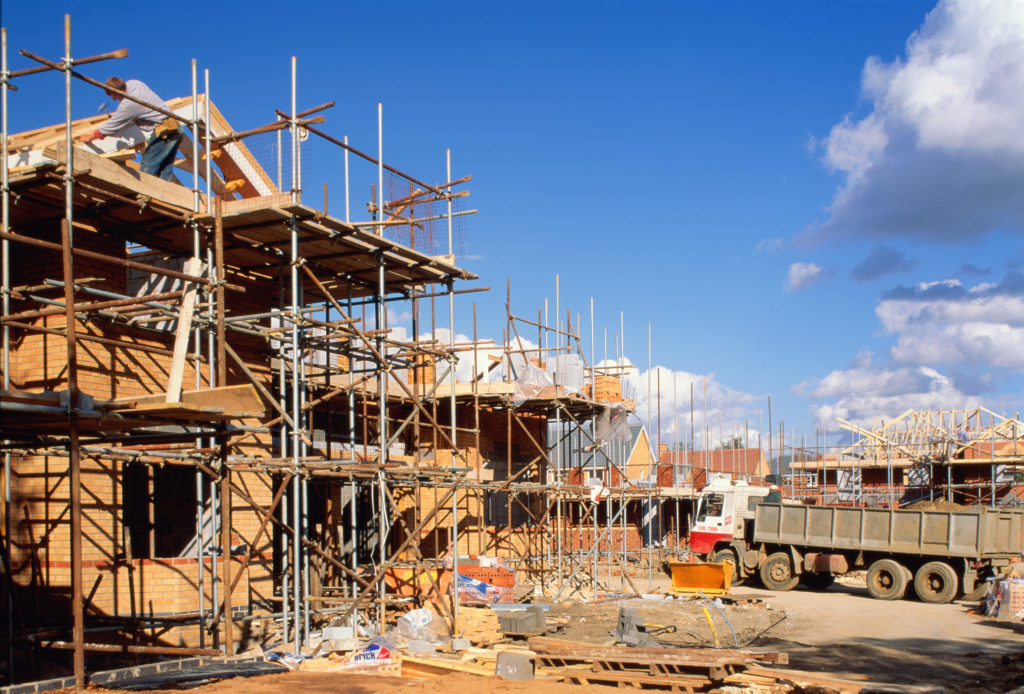Banking & Payments Federation Ireland (BPFI) has called for diversified finance options to be made available for Approved Housing Bodies (AHBs) and local authorities to help them deliver more social and affordable housing and meet the revised government housing targets of 50,000 homes a year.
This comes after their Housing Market Monitor Q2 2025 report revealed that 25% of new property purchases in 2024 were made by public authorities, such as AHBs and local councils, while just over 3,000 units were built by local authorities in the same period.
The report found that there were 15,149 housing units completed in the first half of this year, up 20% compared to the same period of 2024.
Despite the ongoing demand for housing, only 7,384 units were commenced in the first seven months of 2025, well below the figures for the same period of last year.
Outlining the key findings from the monitor, Ali Ugur, BPFI Chief Economist stated: “Today’s report shows that after a slow start in the first quarter of this year, residential construction activity picked up in the second quarter when completions increased by 35% from the same quarter in 2024.
“Looking at the first six months of 2025, 15,149 housing units were completed compared with 12,638 units during the same period in 2024, according to the latest data from the Central Statistics Office (CSO), a 20% increase over the period. Most of this increase was accounted for by apartment completions, which more than doubled in the second quarter of the year. Seasonally, completion activity in the second half of the year is expected to be higher than the first half and we expect a significant increase in the total number of completions during the second half of 2025.
“However, looking ahead, just 7,384 units were commenced in the first seven months of 2025, well below the levels seen prior to 2024, and less than half the number of units commenced during the same period between 2021-2023. While there were just over 40,000 units commenced in the 12 months to July 2025, these figures were skewed due to a significant portion of commencements being front-loaded in September and December of last year, ahead of the expiry of housing-related policy initiatives including waivers on the development levy and water connections charges.
“Meanwhile, housing and mortgage demand continue to increase, driven by significant growth in population (771,000 higher than a decade ago), employment (up about 800,000 over the same period) and average earnings (45% higher than in Q2 2015).”
Mr Ugur said that public authorities had a key role to play in social and affordable home building.
“In recent years, a noticeable feature of the Irish housing market has been the increasing role played by non-households in the residential property market, including public authorities such as Approved Housing Bodies (AHBs) and local councils.
“The most recent data from the CSO shows that, non-households purchased around 40% of new properties in 2024, up from 24% in 2017. Looking more closely at public authorities, in 2024 nearly 25% of new property purchases were made by public authorities compared to 7% in 2017. Meanwhile there were just over 3,000 units built by local authorities in 2024 as well as over 2,100 units built for cost rental schemes. It is now widely accepted that annual housing completion targets will have to be significantly increased and that additional capital will be needed to finance this increase in housing output targets.”
Mr Ugur concluded: “Currently, the State provides funding for all social and affordable housing projects but if we want to increase housing output in the short term, AHBs and local authorities will need to diversify their funding resources for social and affordable housing.
“A circular issued by the Department of Housing in 2023, made local authority funding to AHBs conditional on debt finance being provided at an interest rate that matches, or is lower than, that of the Housing Finance Agency (HFA). As the HFA is supported by European Investment Bank funding, it can charge a lower rate than regulated commercial banks, which are exposed to market rates. This has effectively blocked commercial banks and alternate private-sector firms from lending to AHBs.
“The wider AHB sector will continue to find it challenging to attract international finance partners through debt capital markets, which is common in other European jurisdictions, without the participation of domestic bank lenders who can lead on underwriting and due diligence.”
Follow MyHome on WhatsApp for all the latest property news and advice.








